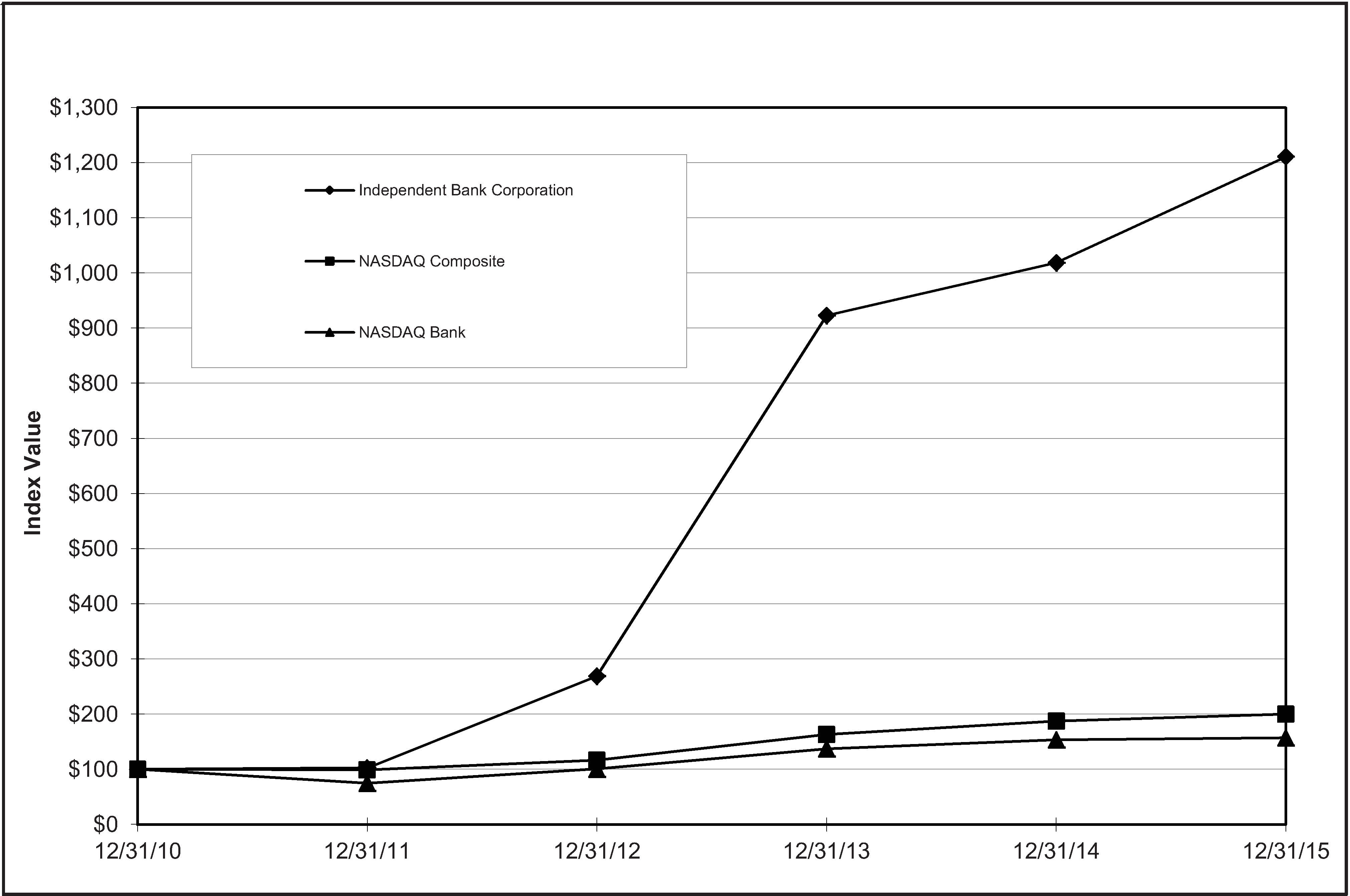We maintain performance-based compensation plans. In addition to commissions and cash incentive awards, such plans include an ESOP and a long-term equity based incentive plan. The amount of expense recognized in 2015, 2014 and 2013 for share-based awards under our long-term equity based incentive plan was $1.4 million, $1.0 million and $0.9 million, respectively. In 2015 and 2014, there were new grants of restricted stock and performance share awards. In 2013, there were new grants of restricted stock units, stock options and salary stock.
Payroll taxes and employee benefits expense totaled $8.1 million, $8.2 million and $7.9 million in 2015, 2014 and 2013, respectively. The decrease in 2015 as compared to 2014 is primarily due to a $0.3 million decrease in health insurance costs that was partially offset by a $0.2 million increase in the 401(k) match. In 2015 we added auto-enrollment to our 401(k) plan. The increase in 2014 as compared to 2013 is primarily due to a $0.2 million increase in health insurance costs and a $0.1 million increase in the 401(k) plan match.
Occupancy expenses, net, totaled $8.4 million, $8.9 million and $8.8 million in 2015, 2014 and 2013, respectively. The decrease in 2015 as compared to 2014 is primarily due to the Branch Consolidation and lower snow removal costs. The slight increase in 2014 as compared to 2013 is primarily due to higher snow removal costs associated with a harsh Michigan winter in 2014.
Data processing expenses totaled $7.9 million, $7.5 million, and $8.0 million in 2015, 2014 and 2013, respectively. The increase in 2015 as compared to 2014 is due primarily to the addition of new products and services (desktop software, sales management software and a new mortgage loan origination platform) as well as increased costs due to growth in mobile banking usage. The decline in 2014 as compared to 2013 is due primarily to the impact of a new seven-year core data processing contract that we executed in March 2014. Under the terms of the new contract, we reduced core data processing and interchange costs by approximately $1 million annually.
Loan and collection expenses primarily reflect costs related to the management and collection of non-performing loans and other problem credits. These expenses have declined steadily during the past several years primarily due to decreases in non-performing loans, new loan defaults and watch/problem credits. 2015, 2014 and 2013 also included $0.02 million, $0.5 million and $0.7 million, respectively, of collection related costs at Mepco Finance Corporation (“Mepco”) primarily associated with the acquisition and management of collateral that related to receivables from vehicle service contract counterparties.
Furniture, fixtures and equipment expense declined by $0.2 million in 2015 from 2014 and declined by $0.2 million in 2014 from 2013. These declines are due primarily to our cost reduction initiatives and the closing or consolidation of certain branch offices. A portion of these expense reductions were offset by additional depreciation expense related to the replacement of substantially all of our ATMs during 2013 to meet applicable Americans with Disabilities Act requirements.
Communications expense has been relatively unchanged and totaled $3.0 million, $2.9 million, and $2.9 million in 2015, 2014 and 2013, respectively.
Advertising expense totaled $2.1 million, $2.2 million, and $2.4 million in 2015, 2014 and 2013, respectively. The slight decrease in 2015 as compared to 2014 is due primarily to reductions in outdoor (billboard) advertising. The 2014 decline was due to a reduction in direct mail costs.
Legal and professional fees totaled $2.0 million, $2.0 million, and $2.5 million in 2015, 2014 and 2013, respectively. The decrease in 2014 as compared to 2013 was due primarily to declines in consulting fees, legal fees and external audit fees due, in part, to our cost reduction initiatives.
FDIC deposit insurance expense totaled $1.4 million, $1.6 million, and $2.4 million in 2015, 2014 and 2013, respectively. The declines in 2015 and 2014 as compared to 2013 reflect reductions in the Bank’s risk based premium rate due to our improved financial metrics.
Interchange expense primarily represents fees paid to our core information systems processor and debit card licensor related to debit card and ATM transactions. The decrease in this expense in 2015 and 2014 as compared to 2013 is primarily due to the impact of our new seven-year core data processing contract that we executed in March 2014.



